 According to the 2021 IUCN Red List, 773 of the world’s 10,962 extant bird species are “Vulnerable “.
According to the 2021 IUCN Red List, 773 of the world’s 10,962 extant bird species are “Vulnerable “.
A “Vulnerable” species faces a high risk of extinction in the wild.
The photographs of the “Vulnerable” species below have been archived by our Species Champions.
The species's population is suspected to be in decline owing to the limited but increasing conversion and degradation of its habitat, although the likely rate of decline has not been estimated. Much of its habitat is well-protected due to the steepness of the terrain. However, habitat in the Ankober area is under pressure from increased grazing and cultivation (EWNHS 1996, J. Vivero in litt. 2003). Habitat encroachment is increasing due to grazing and cultivation of new lands, both aspects closely related to increasing human and livestock population. Eucalyptus plantations represent a serious problem in some areas.
2 Photos
This newly split species is listed as Vulnerable because it is suspected to be undergoing a rapid population decline owing mainly to habitat loss and persecution. Ciconia episcopus is found patchily across South Asia and South East Asia. Its range extends from Pakistan (where it is now very rare) through India, lowland Sri Lanka, Nepal, Bhutan, Bangladesh and south-east through Myanmar, Thailand, Lao, Cambodia, Viet Nam, Peninsular Malaysia, the Philippines, and Sumatra and Java, Indonesia
2 Photos
The Atlantic Puffin (Fratercula arctica) is a seabird species in the auk family. It is a pelagic bird that feeds primarily by diving for fish, but also eats other sea creatures, such as squid and crustaceans. Its most obvious characteristic is its brightly coloured beak during the breeding seasons. Also known as the Common Puffin, it is the only puffin species which is found in the Atlantic Ocean.
3 Photos
Grallaria rufocinerea occurs on both slopes of the Central Andes of Colombia (south Antioquia to west Putumayo) and north Ecuador (Sucumbíos). This species has a small range and population, which are declining in response to habitat loss. It is consequently classified as Vulnerable (Collar et al. 1992).
1 Photos
Procnias nudicollis is known from a wide area of east Brazil (Alagoas south to Rio Grande do Sul and inland to south Mato Grosso), north-east Argentina (Misiones, with one record in Corrientes) and east Paraguay (west to Concepción) (Ridgely and Tudor 1994, Parker et al. 1996, Bertonatti 1997). The combination of increased rates of habitat loss and more intense trapping pressures within this species's range in Paraguay and Brazil mean that its population is likely to have been undergoing rapid declines. For these reasons the species qualifies as Vulnerable.
2 Photos
Circus maurus is restricted to southern Africa, where it is concentrated in the Western Cape (its core range), and occurs in the Eastern Cape, the Northern Cape and Free State (where it is irruptive in both areas), in South Africa (R.E. Simmons in litt. 2004), and is also found in Lesotho (non-breeding birds) (R.E. Simmons, O. Curtis and A. Jenkins in litt. 2004), with a tiny isolated population in northern Namibia (less than 50 birds including about five pairs [Simmons 2005]). It is considered a vagrant in Botswana and Swaziland, where non-breeding birds occasionally occur (Hancock 2008).
1 Photos
This species is largely dependent on lowland evergreen forest within a region experiencing high rates of deforestation. Anthracoceros malayanus is confined to the Sundaic lowlands of peninsular Thailand, Sabah, Sarawak and Peninsular Malaysia, Kalimantan and Sumatra (including the Lingga, Bangka, Belitung islands), Indonesia and Brunei.
1 Photos
Colorful and rather chunky tanager with a stout bill. It is endemic to Colombia, where it inhabits cloud forest in the western Andes as well as the northern end of the central Andes. Plumage is black with an orange breast, yellow belly, and blue shoulders. Similar to Golden-chested Tanager, but yellow on underparts is much more extensive. Usually seen in middle to upper levels of the forest, sometimes with mixed species flocks. Song, often given from an exposed perch, is a rasping “pit-zhee” that may be given several times in quick succession.
1 Photos
This species is confined to the Da Lat Plateau in South Annam, Viet Nam, and adjacent Mondulkiri, Cambodia. This species occupies a moderately small range, in which the conversion of forested habitat for coffee plantations is rapid and ongoing. As a result of the loss and degradation of its habitat, the population is believed to be severely fragmented and declining. Therefore, the species has been uplisted to Vulnerable.
1 Photos
Anthropoides paradiseus is near-endemic to South Africa, with small breeding populations also in northern Namibia (c.35 birds at Etosha, isolated but stable [Simmons et al. 2006, K. Morrison in litt. 2012] after rapidly declining in 1980s-1990s) and western Swaziland (c.12 birds) (Parker 1994), and it is occasionally seen in Lesotho (K. Morrison et al. in litt. 2007).
1 Photos
Given its apparent restriction to lowland forest this species is suspected to have undergone rapid population declines that are likely to continue. It therefore qualifies as Vulnerable. It is endemic to Borneo, where it is recorded throughout; thus Sabah and Sarawak, Malaysia, Brunei and Kalimantan, Indonesia.
1 Photos
This unique species is suspected to be declining rapidly throughout much of its range as a result of ongoing forest loss and degradation. Pityriasis gymnocephala is confined to Borneo, where it occurs patchily in lowland forests of Sabah and Sarawak, East Malaysia, Brunei and Kalimantan, Indonesia.
1 Photos
As a lowland forest specialist considered to be at high risk from the impacts of hunting and accessible to hunters across the majority of its range, in addition to suffering a moderately rapid rate deforestation, this species is now suspected to be undergoing a rapid population reduction and has been classified as Vulnerable. Lophura ignita is known from East Malaysia, Kalimantan, Indonesia, and Brunei.
1 Photos
Oxypogon stuebelii is only known from the Los Nevados National Park and its vicinity, around Nevado del Ruiz, in the Central Andean Paramo EBA in central Colombia. This species has a very small known range, within which it appears to be uncommon. Despite large parts of the range being protected in a National Park, its preferred páramo habitat is lost and degraded rapidly. The species therefore qualifies as Vulnerable.
1 Photos
This species has a small global population, and is likely to be undergoing continuing declines, primarily as a result of habitat loss and degradation, adult mortality through persecution and collision with powerlines, nest robbing and prey depletion. It is therefore listed as Vulnerable. More information is needed to confirm the size and trends of populations in Asia. Should this information show that the population is larger than currently thought, or declining at a more moderate rate, the species will warrant downlisting to a lower threat category
16 Photos
The species is a widespread migrant breeder across much of central and southern Europe, Central Asia, the Middle East and North Africa, wintering mainly in the Sahel zone of Africa. This species is listed as Vulnerable. It has undergone rapid declines in much of its European range whilst in Russia and Central Asia it is thought to have experienced further severe declines. Declines are thought to be driven by a number of factors including loss of foraging and nesting sites as well as disease and hunting along its migration routes.
1 Photos
This species qualifies as Vulnerable because it has a small and fragmented population and range, which continues to decline as a result of urban development and habitat loss and degradation, largely as a result of fire suppression. The species suffered a decline of >25% during 1992-2010 (Boughton and Bowman 2011) and this decline is suspected to be continuing, owing to current management strategies and the on-going impacts of development in Florida leading to habitat conversion and fire suppression (which causes habitat degradation), compounded by edge effects (Breininger et al. 2009, 2010, Johnson et al. 2011).
4 Photos
Buteo galapagoensis was apparently once common on most of the main islands of the Galápagos, Ecuador. This species is listed as Vulnerable because it has a small population. Trends are not clear, but are assumed to be stable. If threats, notably persecution, were shown to be causing a decline, this species would warrant uplisting to Endangered.
3 Photos
This species has a very small range, within which its habitat is continuing to decline. It consequently qualifies as Vulnerable (Collar et al. 1992). Grallaria gigantea has three subspecies in the Andes of Ecuador and south-west Colombia. The population is estimated to number 1,000-2,499 individuals based on an assessment of known records, descriptions of abundance and range size.
1 Photos
Crax rubra has a wide but now highly fragmented distribution from San Luis Potosí, Tamaulipas, Querétaro, Hidalgo, Puebla, Veracruz, Oaxaca, Tabasco, Chiapas and the Yucatán peninsula, Mexico (Howell and Webb 1995a, F. González-García in litt. 1998, M. Martínez-Morales in litt. 1998), south through Belize, Guatemala, El Salvador, Honduras, Nicaragua, Costa Rica and Panama to west Colombia (Pacific lowlands east to the Gulf of Urabá and the upper Sinú valley) and, very rarely, west Ecuador (Sibley and Monroe 1990, R. S. Ridgely in litt. 1998).
1 Photos
The Greater Prairie Chicken is a large bird in the grouse family. This North American species was once abundant, but has become extremely rare or extinct over much of its range due to habitat loss. They now only live on small parcels of managed prairie land. It is thought that their current population is approximately 459,000 individuals. One of the most famous aspects of these birds is the mating ritual called booming.
27 Photos
This species is suspected to have undergone at least a moderately rapid decline over the last three generations as a result of habitat loss and degradation throughout its breeding and wintering ranges, together with the effects of disturbance, persecution and competition with other predators.
36 Photos
This species is classified as Vulnerable because it has undergone rapid population declines over three generations (20 years) owing largely to unsustainable hunting levels, as well as habitat degradation. All subspecies inhabit sandy and stony semi-desert and are specialised to existence in arid conditions where trees are absent and both shrub cover and herb layer are sparse
9 Photos
The species is resident in southern France and the Iberian Peninsula, with some 95% of the global population in Spain. This species has been uplisted to Vulnerable as it is undergoing rapid population declines. The main driver of the decline is thought to be a combination of agricultural intensification and increased pesticide and herbicide use, and the cessation of sheep grazing leading to the invasion of scrub.
1 Photos
This small warbler has a very small population that only breeds on a few small islands off the coast of Japan. In winter they migrate across to some areas of mainland Japan and south to Taiwan and the northern Philippines. As their breeding grounds are so restricted, this species is vulnerable to any predation or disturbance to those few, small islands.
2 Photos
Clanga hastata appears to be a widespread species that has always been recorded at very low densities in the lowlands of the Indian subcontinent, occurring in Nepal, India, and Myanmar. This widespread but poorly known species is thought to have a small and declining population. It therefore qualifies as Vulnerable. Further research on its status in Cambodia and possibly also elsewhere in South-east Asia may lead to a revised population estimate and a reassessment of its threat status.
2 Photos
Widespread and illegal trapping for the cagebird trade is apparently resulting in a rapid population reduction. The species therefore qualifies as Vulnerable. Javan Myna is naturally found only on Java and Bali, but has established introduced populations in Taiwan, Singapore, Thailand, Sumatra, Lesser Sundas and Puerto Rico and may be established in Japan.
1 Photos
This species is confined to lowland Sundaic forest which continues to be cleared rapidly to make way for agriculture, especially oil palm plantations. Batrachostomus auritus occurs very sparsely in south peninsular Thailand, where it is known from only a single definitive record; also Sabah, Sarawak and Peninsular Malaysia; Kalimantan (including the Natuna and Labuan islands) and Sumatra, Indonesia, and Brunei.
1 Photos
This species has an extensive global range. Breeding colonies are largely confined tothe South Kuril Islands (Japan), Baja California (Mexico), Alaska, Canada, Iceland, United Kingdom, Norway, South Africa. Although the trend of western North American and Russian populations are unknown, the compilation of available data collected from 1977 to 2016 representing 75-80% of the global population, points to a decline of ≥30% over three generations. It has therefore been uplisted to Vulnerable.
3 Photos
Leptoptilos javanicus has an extensive range across South and South-East Asia with populations in Cambodia, India, West Bengal and Bihar, Indonesia, Nepal, Malaysia, Sri Lanka, Bangladesh, Laos, Brunei, Vietnam and Thailand. This stork is listed as Vulnerable because its population is suspected to be rapidly declining as a result of a variety of threats including hunting pressure, loss of nesting trees, conversion and degradation of wetlands and agricultural changes and intensification.
1 Photos
The Lesser White-fronted Goose (Anser erythropus) is a goose closely related to the larger White-fronted Goose (A. albifrons). It breeds in northernmost Asia, but it is a scarce breeder in Europe. There is a re-introduction scheme in Fennoscandia. The Lesser White-fronted Goose winters further south in Europe and is a very rare winter visitor to Great Britain.
5 Photos
The Long-tailed Duck (Clangula hyemalis) is a medium-sized sea duck. Their breeding habitat is in tundra pools and marshes, but also along sea coasts and in large mountain lakes in the North Atlantic region, Alaska, northern Canada, northern Europe and Russia. They are migratory and winter along the eastern and western coasts of North America, on the Great Lakes, coastal northern Europe and Asia, with stragglers to the Black Sea. The most important wintering area is the Baltic Sea, where a total of about 4.5 million gather.
5 Photos
11 March 2013 - Birdlife Globally Threatened Bird Forum Update. Houbara Bustard Chlamydotis undulata is being split into C. undulata and C. macqueenii, following the application of criteria set out by Tobias et al. (2010). C. macqueenii is partially migratory and distributed across West Asia (the Middle East), and parts of South Asia, Central Asia and East Asia. A rate of decline in West Asia of c.25% over 20 years was estimated in 2004 (F. Launay pers. comm. 2004, Tourenq et al. 2004) and the species is described as having declined “sharply” in East Asia (O. Combreau in litt. 2012). An overall estimated decline rate in East Asia of c.40-50% over 20 years, as estimated in 2004 (F. Launay pers. comm. 2004, Tourenq et al. 2004), is thought to remain realistic. If c.70% (East Asia) of the total population is declining by 40-50% and c.30% (West Asia) is declining by c.25%, then the overall rate of decline is likely to be around 35-43% over c.20 years. It is therefore suggested that the species be listed as Vulnerable under criteria A2bcd+3cd+4bcd, on the basis that it is thought to be in rapid and on-going population decline (30-49% over three generations [c.20 years]), owing to hunting pressure and habitat degradation.
6 Photos
The Marbled Teal (Marmaronetta angustirostris), is a medium-sized duck. It used to be included among the dabbling ducks, but is now classed as a diving duck. This duck formerly bred in large numbers in the Mediterranean region, but is now restricted to a few sites in southern Spain and northwest Africa. In the east it survives in Iran (Shadegan Marshes - the world's most important site), as well as isolated pockets in Turkey, Armenia, Azerbaijan and Iraq.
3 Photos
This species has been uplisted to Vulnerable because it is suspected to have undergone rapid declines during the past three generations (56 years) owing to deliberate and incidental poisoning, habitat loss, reduction in available prey, pollution and collisions with power lines. Further information on trends across its large range may lead to its further uplisting to Endangered in the future.
9 Photos
Hypsipetes olivaceus is endemic to Mauritius, and is widespread at low densities over central and southern parts of the plateau. This species is listed as Vulnerable because it has a very small population. Although it may be at risk from the effects of introduced species, its population is presumed to have remained stable.
1 Photos
Coracina typica is endemic to Mauritius, occurring at Macchabé, Brise Fer, Black River Peak and the southern scarp from Bel Ombre to Combo. This species is classified as Vulnerable because it has a very small range and population. If conservation action to rehabilitate native ecosystems allows substantial increases in both the range and population of this species, it may eventually be downlisted to Near Threatened.
2 Photos
Haliaeetus leucoryphus occurs across a huge range from Kazakhstan, southern Russia, Tajikistan, Turkmenistan and Uzbekistan, east through Mongolia and China, south to northern India, Pakistan, Bhutan, Bangladesh and Myanmar. This species has a small, declining population as a result of the widespread loss, degradation and disturbance of wetlands and breeding sites throughout its range. It therefore qualifies as Vulnerable.
1 Photos
The Philippine Duck (Anas luzonica) is a large dabbling duck of the genus Anas. Fewer than 10,000 remain. It has a black crown, nape and eye stripe, with a cinnamon head and neck. Rest of body is greyish brown with a bright green speculum. Its legs are greyish brown, and its bill is blue grey. It eats shrimp, fish, insects, and vegetation, and it frequents all types of wetlands.
10 Photos
The Red-breasted Goose (Branta ruficollis) is a goose of the genus Branta. The Red-breasted Goose breeds in Arctic Europe, often close to nests of large birds of prey, such as Peregrine Falcons. This helps to protect this small goose from predators such as the Arctic Fox. It winters in south eastern Europe. It is a rare vagrant to Great Britain & other western European areas, where it is sometimes found with Brent flocks.
5 Photos
This species breeds in eastern Europe and west, central and north-central Asia, with its main range from Belarus south to Hungary, northern Serbia and Montenegro, Romania, Moldova and east Bulgaria, eastward through Ukraine and north-west and south Russia and north Kazakhstan to extreme north-west China and the upper Lena river (Russia). This species is experiencing a rapid population decline, owing to habitat loss and degradation. It is therefore listed as Vulnerable.
1 Photos
This species is largely restricted to extensive tracts of primary evergreen forest within a region experiencing high rates of deforestation. Buceros rhinoceros is confined to Thailand, Sabah, Sarawak and Peninsular Malaysia, Kalimantan, Sumatra and Java, Indonesia and Brunei (BirdLife International 2001). It is locally extinct in Singapore.
1 Photos
This crane is listed as Vulnerable because it is suspected to have suffered a rapid population decline, which is projected to continue, as a result of widespread reductions in the extent and quality of its wetland habitats, exploitation and the effects of pollutants. There are thought to be 8,000-10,000 individuals in India, Nepal and Pakistan; 800-1,000 in Cambodia, Laos and Vietnam, 500-800 in Myanmar (unpublished information supplied by Wetlands International Specialist Groups 2006), and in litt. 2005). The population size thus totals 19,000-21,800 individuals, roughly equivalent to 13,000-15,000 mature individuals.
9 Photos
Dicaeum retrocinctum is endemic to the Philippines where it was thought endemic to Mindoro until the early 1990s when it was surprisingly discovered on Panay and Negros (Collar et al. 1999). On Mindoro it was formerly abundant and still considered fairly common as recently as the 1980s. Data from 1991 surveys show that it remains common in one or two remnant forest tracts on the island but has declined steeply elsewhere. Numbers on Negros, where it is known from just two sites, may be very small. The size of the Panay population is unknown.
1 Photos
This species is classified as Vulnerable because recent evidence from across its range suggests that its population is experiencing a rapid decline, probably owing to habitat degradation, disturbance, hunting and capture for trade. The species inhabits grasslands, ranging from open plains to lightly wooded savanna. A variety of prey is consumed, primarily insects and rodents, but also other mammals, lizards, snakes, eggs, young birds and amphibians.
13 Photos
This rare and localised species is listed as Vulnerable because it is estimated to have a single small population within a broad Extent of Occurrence. The population is undergoing a continuing decline owing to hunting, nesting disturbance and the modification and burning of its habitat. There is little doubt that the species is declining in Tanzania, Zambia and Rwanda, with declines perhaps in Uganda as well, and the species may be more threatened than available information suggests (L. Dinesen in litt. 2007).
2 Photos
The Socotra Cormorant (Phalacrocorax nigrogularis) is a threatened species of cormorant that is endemic to the Persian Gulf and the south-east coast of the Arabian Peninsula. Since 2000, this species has been listed as Vulnerable on the IUCN Red List, on the grounds of its small number of breeding localities and ongoing rapid decline. The decline is caused by coastal development, disturbance and marine pollution near its nesting colonies;
34 Photos
Struthio molybdophanes is found in north-east Africa, with its range incorporating Ethiopia, Somalia, Djibouti and Kenya (del Hoyo et al. 1992). This newly-split species is suspected to be undergoing a rapid decline over three generations (50 years) given the apparent severity of a variety of threats including hunting for feathers and food, egg collection and habitat loss and degradation.
3 Photos
This species is endemic to southwestern South Africa, where it occurs in Northern Cape, Western Cape and Eastern Cape provinces from Little Namaqualand south to Cape Town and then east to Grahamstown. This small bustard is listed as Vulnerable as it is suspected to be undergoing rapid population declines owing to the loss and fragmentation of its habitat to agricultural conversion.
1 Photos
This species has a small and declining range, which is also severely fragmented as a result of the degradation and clearance of humid forest, with a population that is also inferred to be in decline. These factors qualify it as Vulnerable. Urocissa ornata is endemic to Sri Lanka, where it is restricted to the central mountains and foothills of the wet zone.
1 Photos
This species is listed as Vulnerable because it is undergoing a rapid population reduction, particularly in the key Alaskan populations. Further studies are needed to determine the causes of these declines, and whether some populations may have shifted to unsurveyed areas within the range. Based on population estimates of birds staging in southwest Alaska, the Alaskan population declined by by 2.3% per year since 1992 (or 46% over 20 years), during 1992-2011 (Larned 2012). Declines in Europe have been even steeper, with numbers wintering in the Baltic declining by an estimated 13% per year between 1994 and 2003 and by 8% per year in Norway between 1985 and 2003 (Žydelis et al. in prep.). It is unclear, however, whether these declines were genuine, or reflect a redistribution to other wintering areas. Conservatively assuming the Asian population was stable over this time, and taking into account the smaller relative size of the European population, a precautionary decline rate of 30-49 % over 12 years is assumed.
9 Photos
The Steller's Sea Eagle is one of the largest eagles in the world and is threatened by habitat loss, over fishing and poisoning. They occur only in the Russian Far East but migrate south a little in winter when the sea ice makes fishing impossible farther north. In winter they can occur in Japan, China and Korea.
2 Photos
Species endemic to Brazil. The species has a long tail and discrete plumage in shades of brown, with streaks on the chest and belly. His singing loud and duet draws the observer. Found in medium and high strata in primary and secondary forests, from sea level to about 1,000 m altitude, and frequent member of mixed flocks canopy.
1 Photos
Jacamaralcyon tridactyla now occurs chiefly in small numbers at a few sites in the rio Paraíba valley in Rio de Janeiro state, and in the dry regions of east Minas Gerais, south-east Brazil. Although capable of surviving in some degraded woodlots, this species has undergone a major decline, such that the remaining population is believed to be very small and fragmented. Habitat loss and degradation continue to threaten populations, which are likely to be declining. For these reasons it qualifies as Vulnerable.
1 Photos
This species is suspected to be undergoing a rapid population decline owing to the widespread and on-going loss of lowland forest, which qualifies it as Vulnerable. Nisaetus nanus occurs in southern Tenasserim, Myanmar, peninsular Thailand, Peninsular and East (Sabah and Sarawak) Malaysia, Brunei, and Kalimantan and Sumatra, Indonesia.
1 Photos
The Black-billed Whistling Duck, Dendrocygna arborea, is a whistling duck which breeds in the Caribbean. Alternative names are West Indian Whistling Duck and Cuban Whistling Duck. The Black-billed Whistling Duck is widely scattered throughout the West Indies including a large breeding population in the Bahamas, and smaller numbers in Cuba, the Cayman Islands, Antigua and Barbuda, and Jamaica.
2 Photos
Procellaria aequinoctialis breeds on South Georgia (Georgias del Sur), Prince Edward Islands (South Africa), Crozet Islands, Kerguelen Islands (French Southern Territories), Auckland, Campbell and Antipodes Islands (New Zealand), and in small numbers in the Falkland Islands (Islas Malvinas). This species is classified as Vulnerable because of suspected rapid declines, although almost no reliable estimates of historical populations exist. Very high rates of incidental mortality in longline fisheries have been recorded in recent years; the probability that these circumstances will continue and its susceptibility to predation and the degradation of breeding habitat indicate that a rapid and on-going population decline is likely.
2 Photos
Otus sagittatus is known from Tenasserim, Myanmar, south-west Thailand and Peninsular Malaysia (BirdLife International 2001). It appears to be locally distributed and scarce throughout its range. However, its true status is unclear as it is difficult to detect and it may be more common than records suggest.
1 Photos
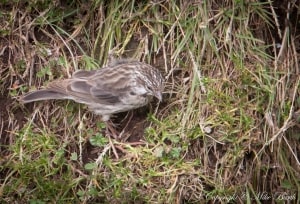
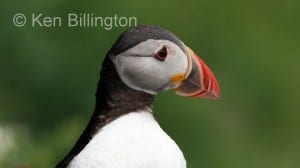
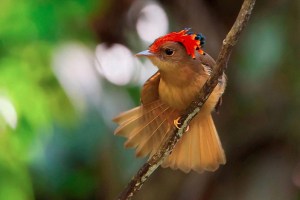
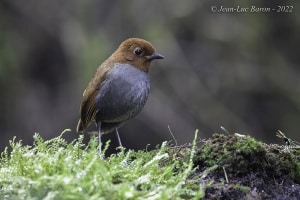
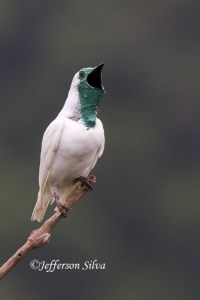
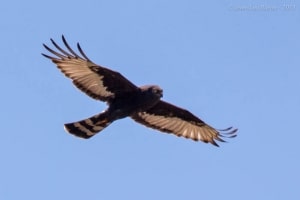
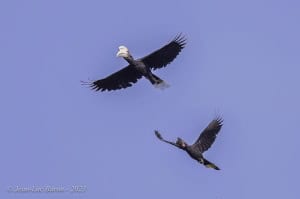
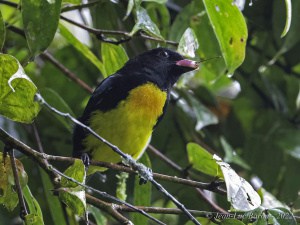
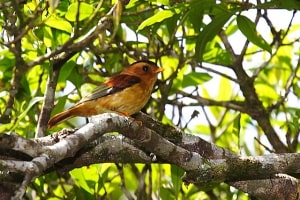

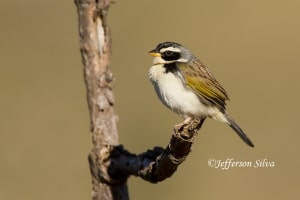
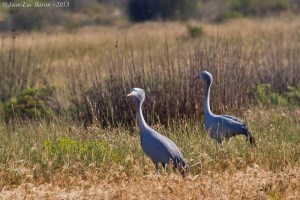
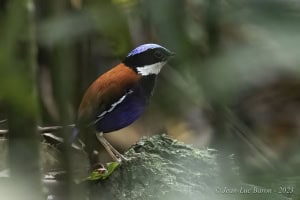
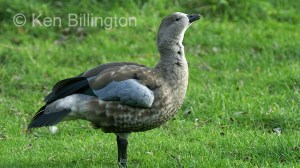
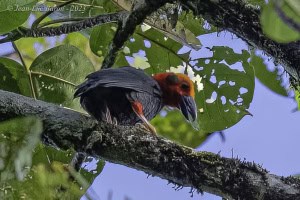
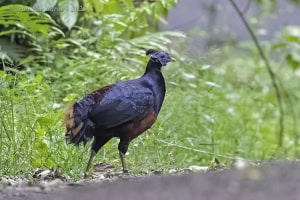
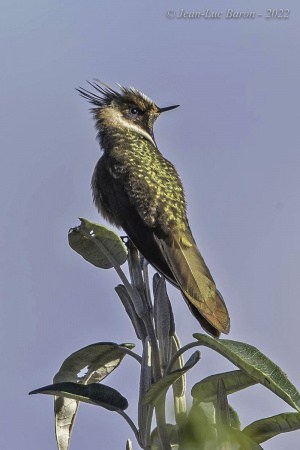

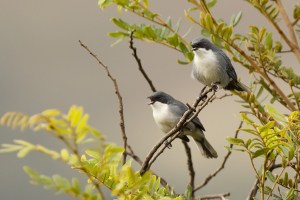
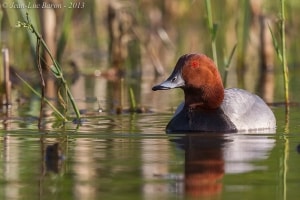
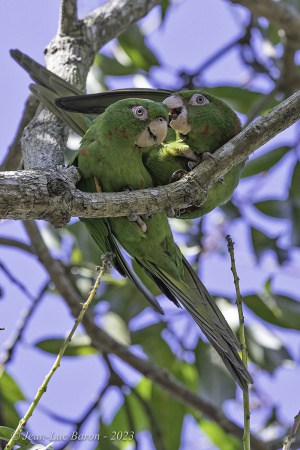

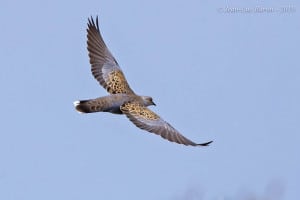
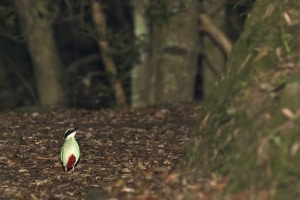
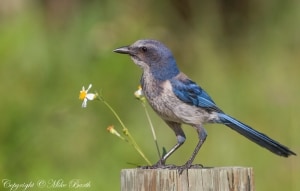
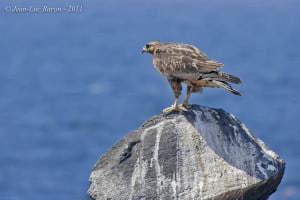
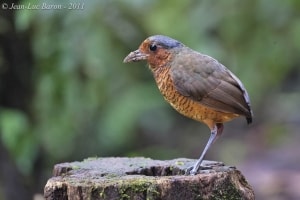
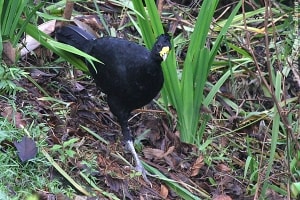

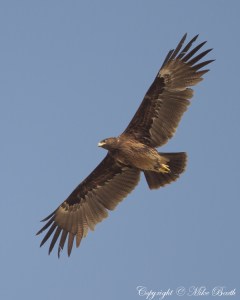
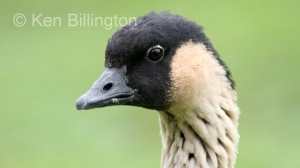
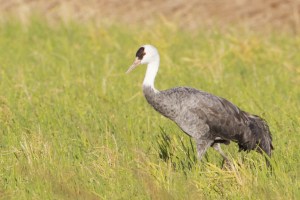
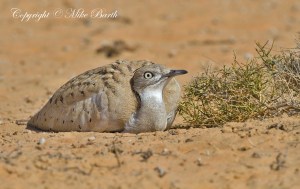
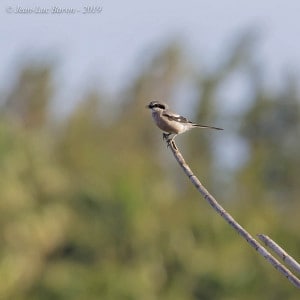
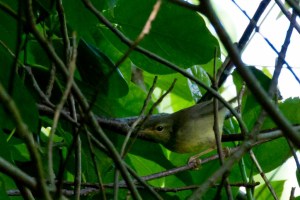
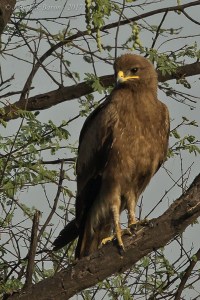
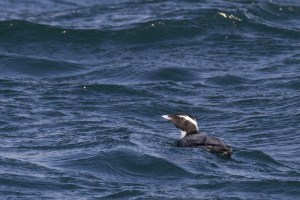
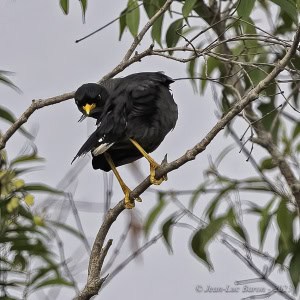
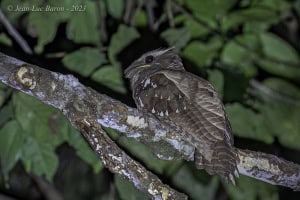
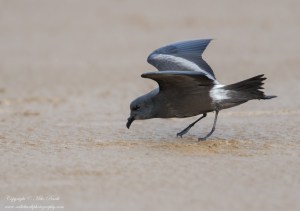
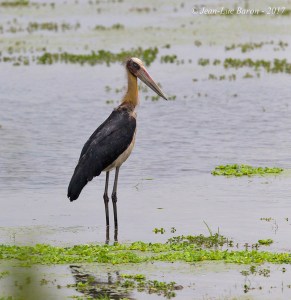
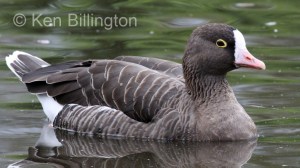
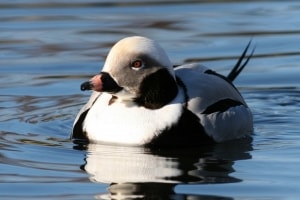
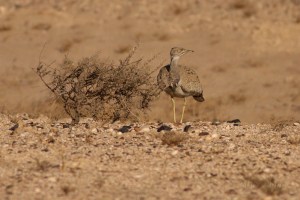
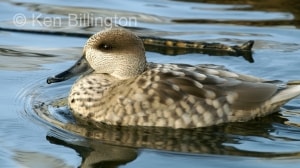
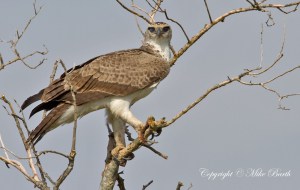
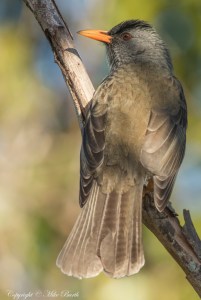
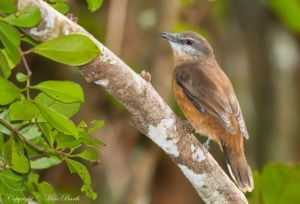
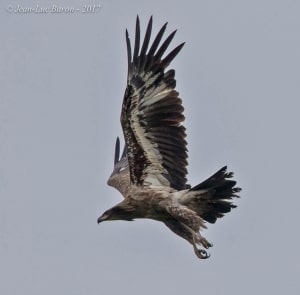
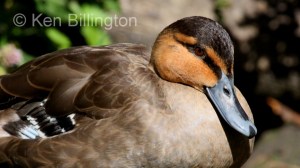
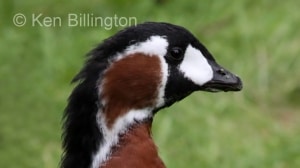
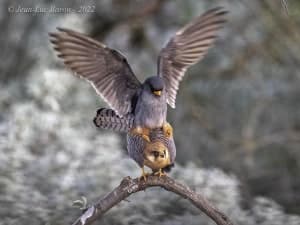

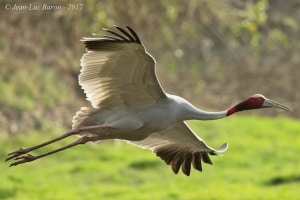


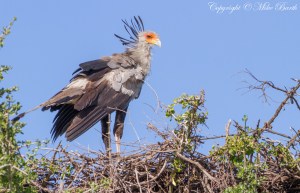
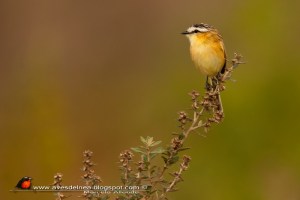
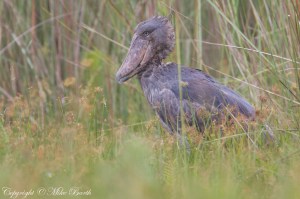
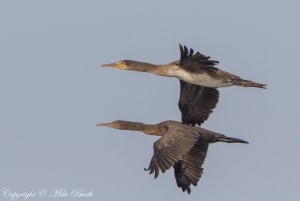
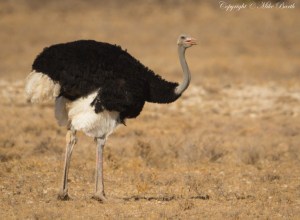
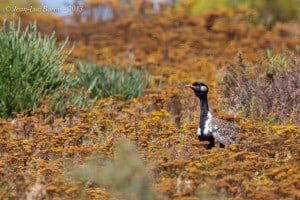
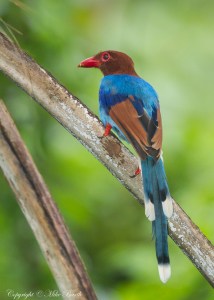
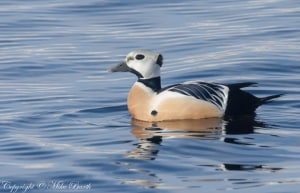
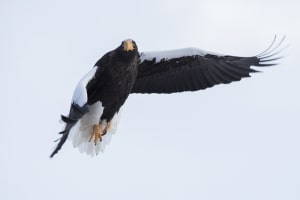
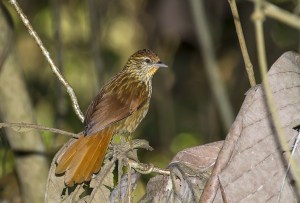
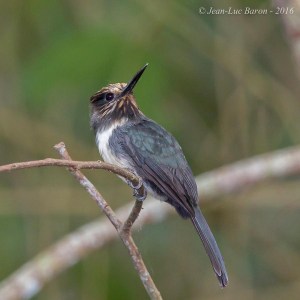
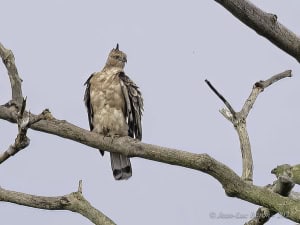
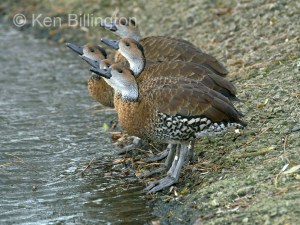
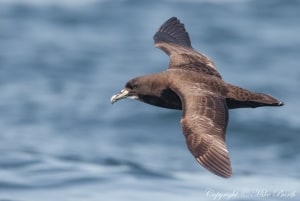
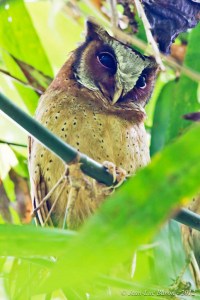
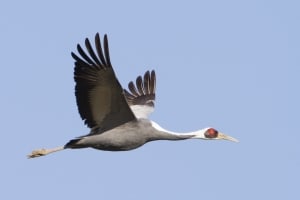



Leave a Reply